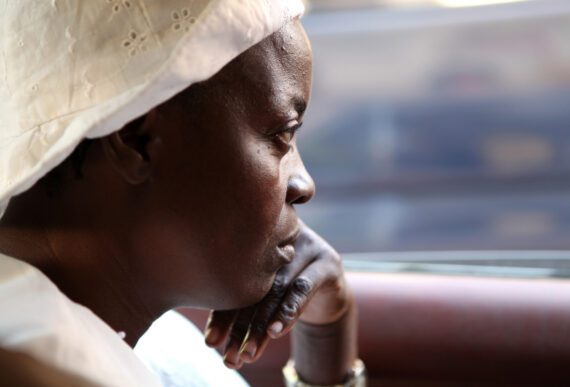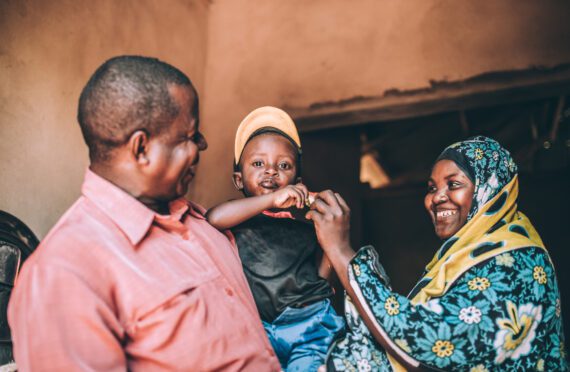An estimated 230 million people will need lifesaving humanitarian assistance at a projected cost of $51.5 billion in the year ahead, according to a December 1, 2022, statement by United Nations Under-Secretary-General for Humanitarian Affairs Martin Griffith.
Meanwhile, the most recent Global Report on Food Crises (GRFC) indicates that in 2023, 45 million people in 37 countries risk starvation. The GRFC also reported that, in its six years of collecting and analyzing data on hunger crises (2016-2022), the most recent data shows the highest number of acutely food-insecure people.
This year, six countries have been identified as at immediate risk of famine or already facing famine conditions, meaning that people in these countries are either on the brink of starvation or living with critical food insecurity in situations that are likely to worsen further because of aggravating factors. These countries are Afghanistan, Ethiopia, Somalia, South Sudan, Yemen, and northern Nigeria.
Under-Secretary-General Griffith, noting that the global hunger emergency worsened from 2021 to 2022, said, “I fear that 2023 is going to be an acceleration of all those trends, and that’s why we say … that we hope 2023 will be a year of solidarity, just as 2022 has been a year of suffering.”
Researchers and aid officials continue to lift up the global hunger crisis. In October 2022, the World Food Programme (WFP) and the Food and Agriculture Organization (FAO) called for humanitarian action that, they said, is critical to “prevent further starvation and death. ”The United States is a leading donor to appeals for emergency humanitarian assistance. Many other developed economies also contribute to filling emergency needs.
The U.N. Global Humanitarian Appeal for 2022, totaling approximately $50 billion, has been only 47 percent funded. This is significantly lower than in earlier years, when funding for humanitarian needs typically reached 60 percent to 65 percent of the amount requested. It is not surprising that, according to the United Nations humanitarian agency (OCHA), the funding shortfall for aid operations is nearly $34 billion —the highest number ever.
The shortfall eclipses the encouraging news: donor funding commitments also reached their highest level ever, more than $15 billion. As OCHA spokesperson Jens Laerke explained, “The problem is the following: that the needs in the world are rising much, much faster than the donor funding is coming in.”
Donating money for humanitarian assistance helps save lives. But what, specifically, are these funds paying for?When humanitarian assistance reaches a particular region or community, it is tailored to help the groups of people most in need. Food for older children and adults, nutrient-dense “therapeutic” foods for young children suffering from malnutrition, medical care, and access to clean water are near-universal needs, however.
Many people who face hunger emergencies have been forced to leave their homes because of conflict, disasters such as hurricanes, and/or climate change impacts such as prolonged drought. One option for supporting displaced people and refugees is to issue cash vouchers for families to purchase food. This supports the local economy, helps farmers earn a living, and restores at least a little autonomy to people who are far from home and have few options.
Other people have been able to remain or return home and can safely access their farmland. Assistance for these families often includes providing seeds and tools. Being able to resume growing food is key to a community’s recovery from crisis.
It is good news that donors have contributed a record amount to lifesaving humanitarian assistance. But more needs to be done. Bread for the World will continue to urge the U.S. government to do its part to save lives and to prevent additional families from confronting dangerous levels of hunger and malnutrition.
Michele Learner is managing editor for policy analysis with Bread for the World.



